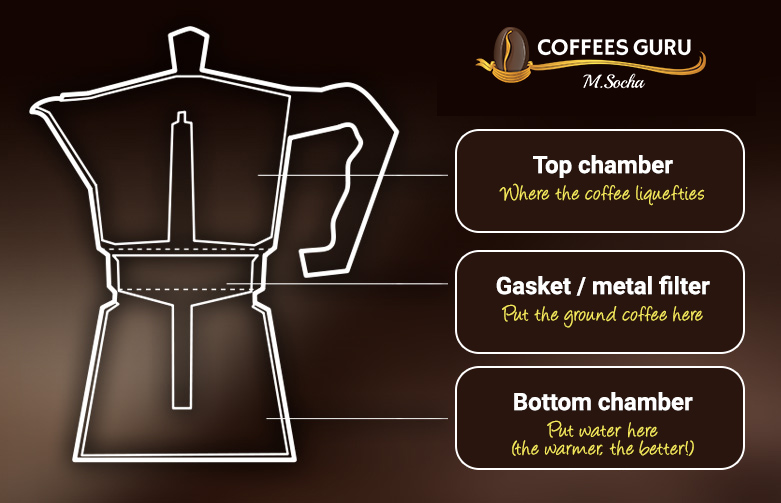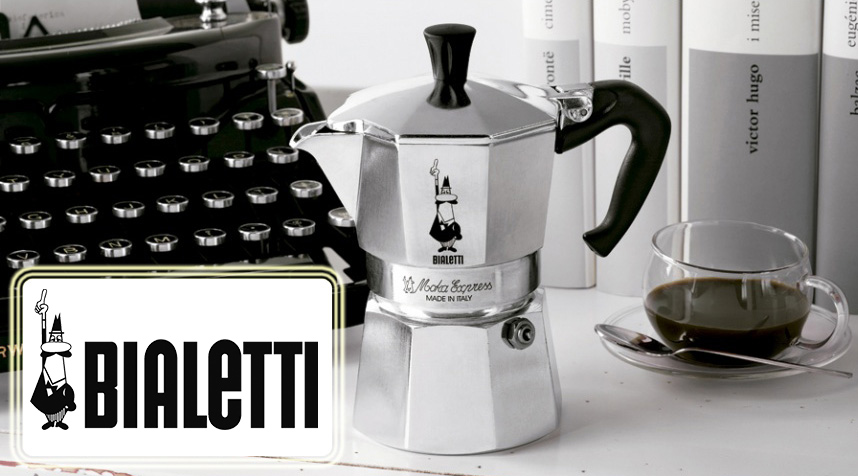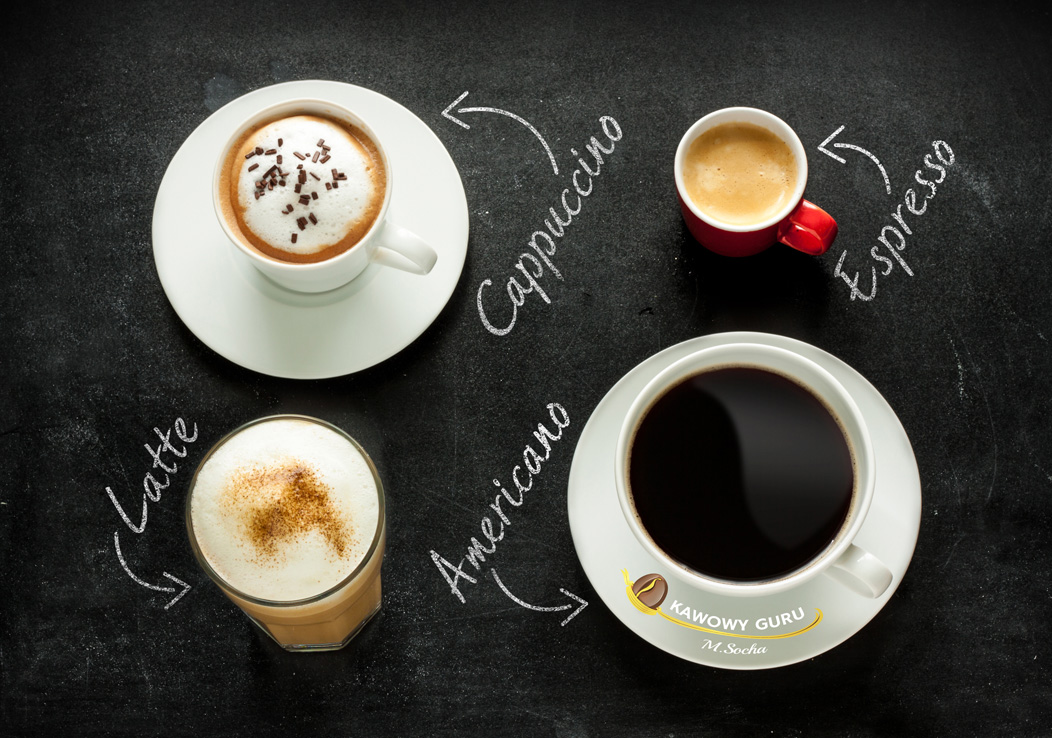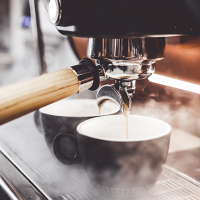Over 220 millions machines sold. Industrial design icon, presented in museums of modern art and design all over the world. One of the symbols of Italy. Bialetti percolator is a device produced for over 80 years. It allows to quickly and easily make a good coffee.
Invented in 1933 in Italy. Inventor Luigi de Ponti patented percolators project, working for Alfonso Bialetti, industrialist producing kitchen equipment. At first sales were slow. Up to 1940 only 70 000 percolators were sold, but future years sales were constantly growing and elevated Bialetti comapny to the position of kitchen accessories producing leader. The most important factor that contributed to this success was the owners son – Renato, who in 1946 took control of the company.
He decided to reduce the amount of accessories that the company offered (Bialetti produced pots, pans, cutlery and any other kitchen equipment), he also initiated a large scale marketing company, including the still new television spots. „l’omino con i baffi”, which means „short man with mustache” became a symbol of the company. It’s a caricature of Alfonso Bialetti, who keeps his hand rised with a gesture of extended finger, that translates „one espresso, please!”. Soon after a highly advanced Omegna factory has been built, it was capable of satisfying the rapidly increasing demand. At the beginning of 21st century, the total sale of Moka Express percolators was estimated at over 220 millions copies.

Bialetti percolator is very easy to understand. It consists of three main elements: bottom water container, filter and top container, into which coffee is liquified. The water poured into bottom container should be hot (or at least very warm), thanks to that coffee won’t be gradually heated, which is not good for it, but instead will immediately start brewing. Ground coffee is being put into the filter, that is then placed on the bottom container.
The coffee shouldn’t be whipped or pressed – you can just level its surface and be sure that it’s not on the edge, that is later pressed against the top container gasket. The last element is the top container. It’s being tighten to two other elements of the percolator, after that you can put it on the burner. If you use hot water, as I do, the brewing will start very quickly and the coffee will liquify in the top container.
What to look out for?
– amount of water: the safety valve located in the bottom container sets the maximum limit. It should never be poured with water!
– amount of coffee and its grinding level: the amount of coffee is up to you. I usually fill the whole filter, equally with the sieves edge. I don’t press it, but gently level its surface. The important part is the grinding level: it can’t be too finely grinded as it will clog the sieve. On the other side, too coarsely grinded coffee won’t brew in the right way and will result in a very low quality coffee. The coffee should be grinded more coarsely than for pressure coffee machine, but more finely than for an AeroPress. If you have a grinder, you will find the right grinding level after a few tries
– turning of the burner: after the coffee starts to liquify in the top part of the percolator, the burner should be either turned of or the fire should be significantly reduced.
– induction hob – if you have it at home, the standard Moka Express won’t work with it. You should choose a model, that is designed for induction hobs.

What will be the result?
Capacity of different Bialetti percolator models is determined by amount of espresso, e.g. 6 espresso. Basic espresso is 25 ml (I already wrote about it here), which means that the mentioned model can brew around 125 ml of coffee. Personally, I don’t think that Bialetti is a good choice for making espresso, but it’s great for making big black coffee. The brewing method conditions what coffee beans you should use to a certain extent. It’s better if you use dark (Italian) roasted coffee as it will result in a classic, strong black coffee. The coffee I usually use for my Moka Express Brazilian Santos. It’s a good arabica, which if dark roasted and brewed in a percolator, gives a slightly bitter, strong, nutty-chocolate notes. It’s worth to mention that this kind of coffee also composes with milk very well, so if you don’t consider yourself a grand conservative person and don’t think that milk for coffee should only be heated with steam from the nozzle up to 68°C, then you can freely experiment with coffee from Moka Express.









